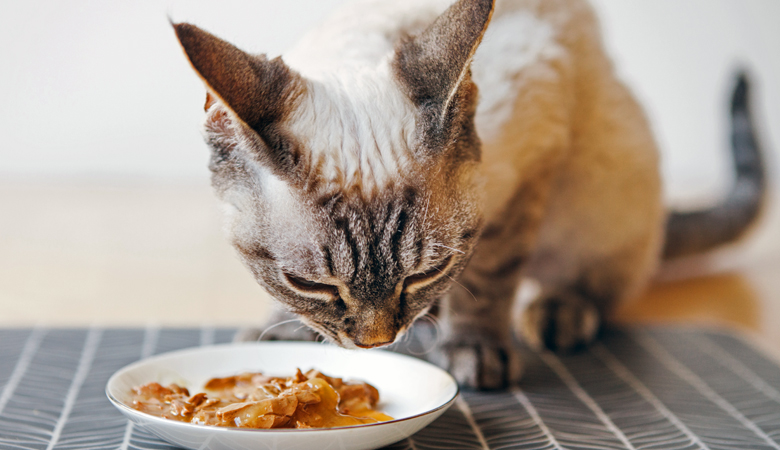Food allergies in cats and dogs
Written by |
Did someone tell you that their pet has an allergy? Did your veterinarian suggest that your pet might be having problems due to allergies? Or do you suspect that your cat or dog has an allergy? Food allergies seem to have gotten more common in the past decade and every pet owner seems to have a pet with an allergy. The reason for this increase can partly be blamed on overlapping symptoms, which makes it quite difficult to give your pet the right diagnosis. In fact, scientific research has concluded that only 1 out of 100 skin conditions in dogs and cats can be traced back to a food allergy. As the symptoms and reactions can be quite confusing, it is important to understand what type of reaction your pet has to its food.

Food hypersensitivity, food allergy or food intolerance?
A lot of confusion surrounding food allergies is caused by the terms “food hypersensitivity”, “food allergy” and “food intolerance”. Even though the terms are often used to describe the same condition, they actually mean different things. Food hypersensitivity is the umbrella term for physical reactions to certain ingredients in the food; both a food allergy and food intolerance are therefore hypersensitivities.
If your pet has a food intolerance, the physical reaction is triggered by the digestive system and the reaction is usually less severe. Think of a lactose intolerance, where the body lacks the lactase enzyme; or food poisoning where a toxin in the food is responsible for the complaints.
A food allergy can be traced back to the immune system, where the system identifies an ingredient as an invader. The reaction that follows can cause a range of symptoms, which can even be severe or fatal in some extreme cases. In this article we will only focus on recognising, diagnosing and treating food allergies.
Symptoms
Common symptoms of food allergies are mild to severe non-seasonal itching and skin conditions. This means symptoms that occur mainly around the eyes and snout of your pet, like itching, bald spots, redness or a rash. Some of the symptoms are a lot more subtle, like ear infections or a flaky, oily coat. About 15% of the time, these symptoms are accompanied by gastrointestinal issues like vomiting after eating and/or diarrhoea. Colitis or an increased frequency of defecation can occur as well. Some dogs will lick their paws of rub their nose on the floor. Cats are more likely to experience scabs, symmetrical baldness, eosinophilic granuloma complex (skin lesions), and/or extreme itching on the neck and head.
Unfortunately, these symptoms can also be linked to other conditions. Itching, skin changes and licking are seen in atopy. Yeast infections (Malassezia pachydermatous) are quite common as well. As both young and senior pets can suffer from food allergies, it’s difficult to link the allergy to a specific age. Most pets do develop an allergy around their second year, but there are also pets that have a sudden allergic reaction to food they’ve been eating all their life. All these factors make it really difficult to determine whether your cat has a food allergy or another health condition.



